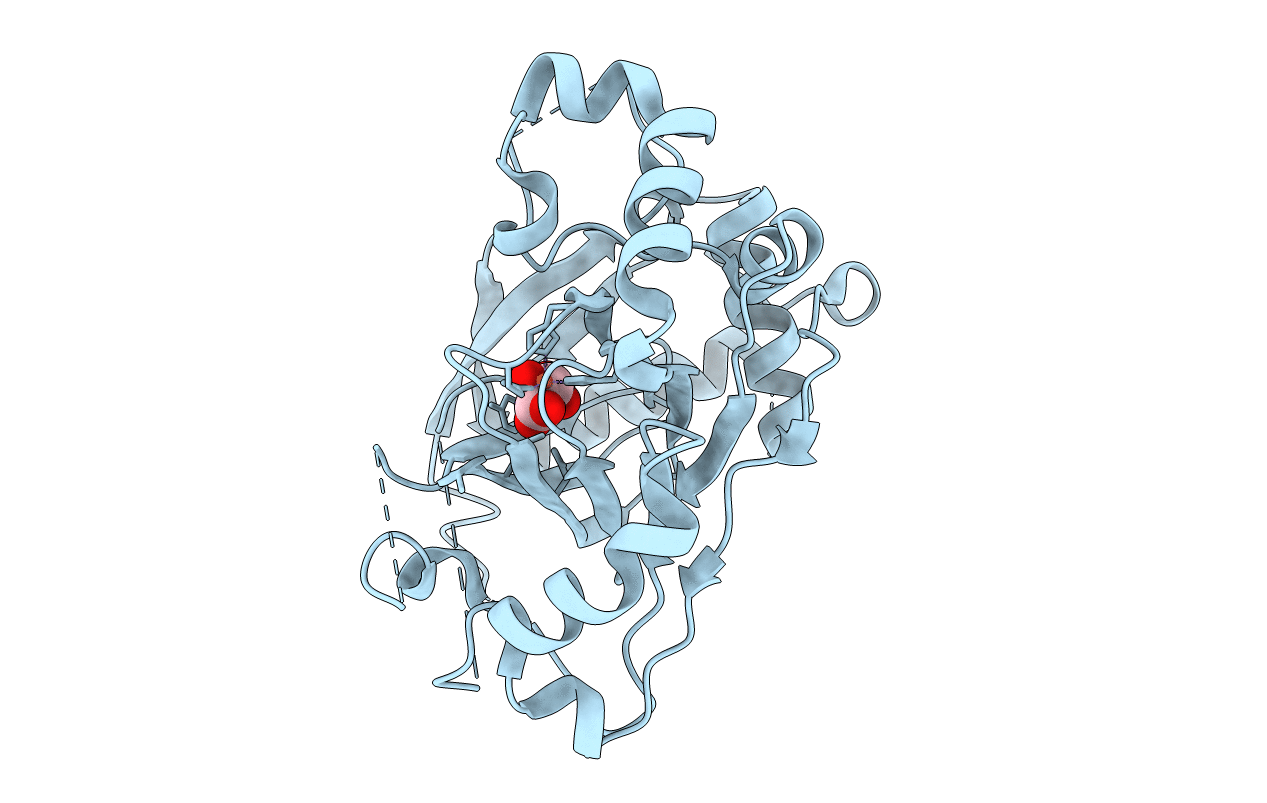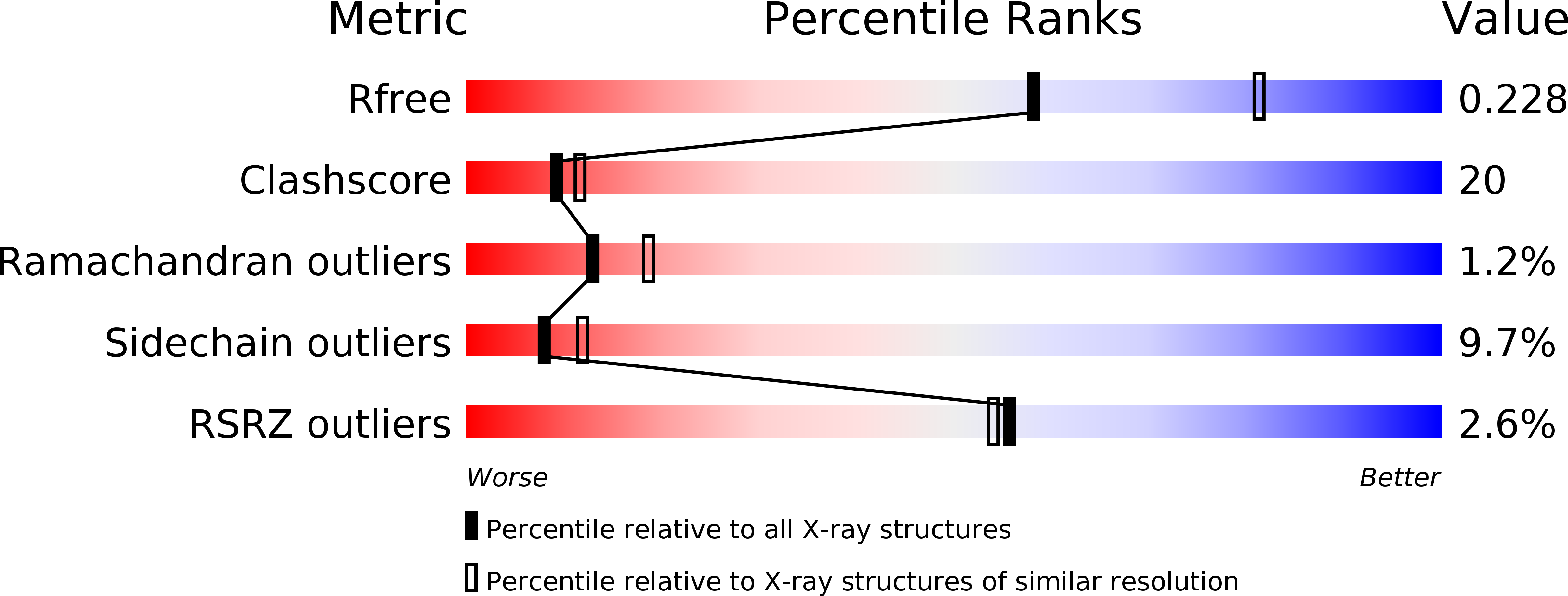
Deposition Date
2012-12-17
Release Date
2013-04-03
Last Version Date
2023-11-08
Entry Detail
PDB ID:
4IGO
Keywords:
Title:
Histone H3 Lysine 4 Demethylating rice Rice JMJ703 in complex with alpha-KG
Biological Source:
Source Organism:
Oryza sativa Japonica Group (Taxon ID: 39947)
Host Organism:
Method Details:
Experimental Method:
Resolution:
2.40 Å
R-Value Free:
0.22
R-Value Work:
0.19
R-Value Observed:
0.19
Space Group:
P 63


